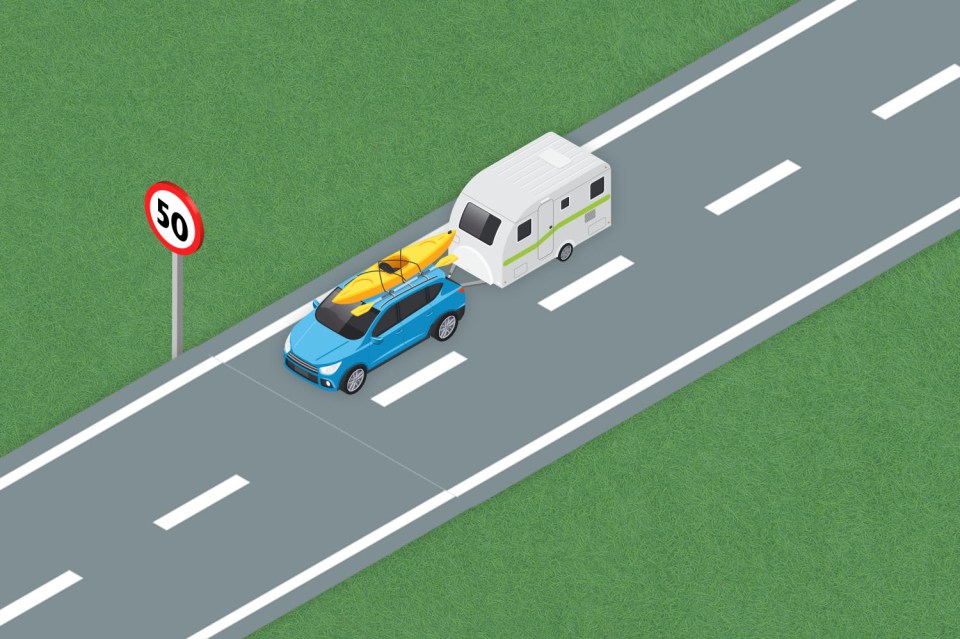HALF of British drivers still haven't got to grips with new Highway Code rules introduced two years ago, it has been revealed.
The reshuffled "hierarchy of road users", rolled out by the Department for Transport, appears not to have been taken on board by millions of motorists.
Under the revised structure, vehicles are ranked based on the level of responsibility they have to protect others.
This is connected to the size and weight of the motor in question.
So, for example, HGVs are at the bottom of the pyramid and bear the most responsibility, while pedestrians are at the top.
This determines things like priority, right of way and liability in everyday scenarios.
READ MORE MOTORS NEWS
Significantly, it represents quite a shift from the often incorrect ideas about the hierarchy among UK drivers, which usually prioritise those in cars.
A poll of around 10,000 drivers carried out by the AA found that a staggering 42% were unaware of the new rules, while even more weren't entirely aware of how it works.
With that in mind, we here at SunMotors have devised a trio of scenarios for readers to test themselves and see if they're up to scratch on the Code.
Crossing chaos
First up, who has priority in the situation pictured below?
Most read in Motors
Plenty of drivers are regularly frustrated by pedestrians, often not entirely aware of their surroundings, just stepping out into the road while a motor is turning.
But while it might be annoying, since pedestrians are at the top of the hierarchy, it is actually now required for the car to give way.
While this has always been the case at a pedestrian crossing, it has now been broadened to all roads.
If someone is crossing the road in front of you, it's on you to slow down and even stop to let them pass until they at least clear your lane.
Stuck in the middle
Where should the cyclist be in the image below?
Another common misconception among drivers is that bicycles should ride close to the curb in order to allow traffic to flow past.
Again, though, this has somewhat changed under the new hierarchy - but only in particular circumstances.
Obviously, cyclists should not obstruct traffic unnecessarily but they can move out into the middle of the lane when staying on the inside would be unsafe.
For example, when approaching a left-hand turn, cars should allow cyclists to adopt a more central position and keep an appropriate distance just as if it were another car in front.
Cyclists may also ride two abreast in the centre of the lane in order to guard against dangerous overtaking when needed.
Up or down?
Finally, what's the speed limit for towing a caravan on a single carriageway?
Alright you got us - this is a bit of a trick question.
The AA's study revealed that 42% of drivers wrongly believed that the new rules lowered the speed limit for towing a caravan along a single carriageway.
However, it is important to note that the limit is lower than that for a car without a tow.
Outside of built up areas, where a blanket 30mph limit applies across the UK (except for Wales where it's 20mph), the standard single carriageway limit is 60mph.
But for those with a van hitched to the back this is lowered to 50mph.
Similarly, the 70mph limit on dual carriageways and motorways is lowered to 60mph.
Aced that? Well, you can try your hand at a few more motoring-them brainteasers.
Read More on The Sun
For example, you have a high IQ if you can spot the two identical cars in this image in under five seconds.
Or for film fans, can you see all 28 references to car movies in this animation in under 30 seconds?

















